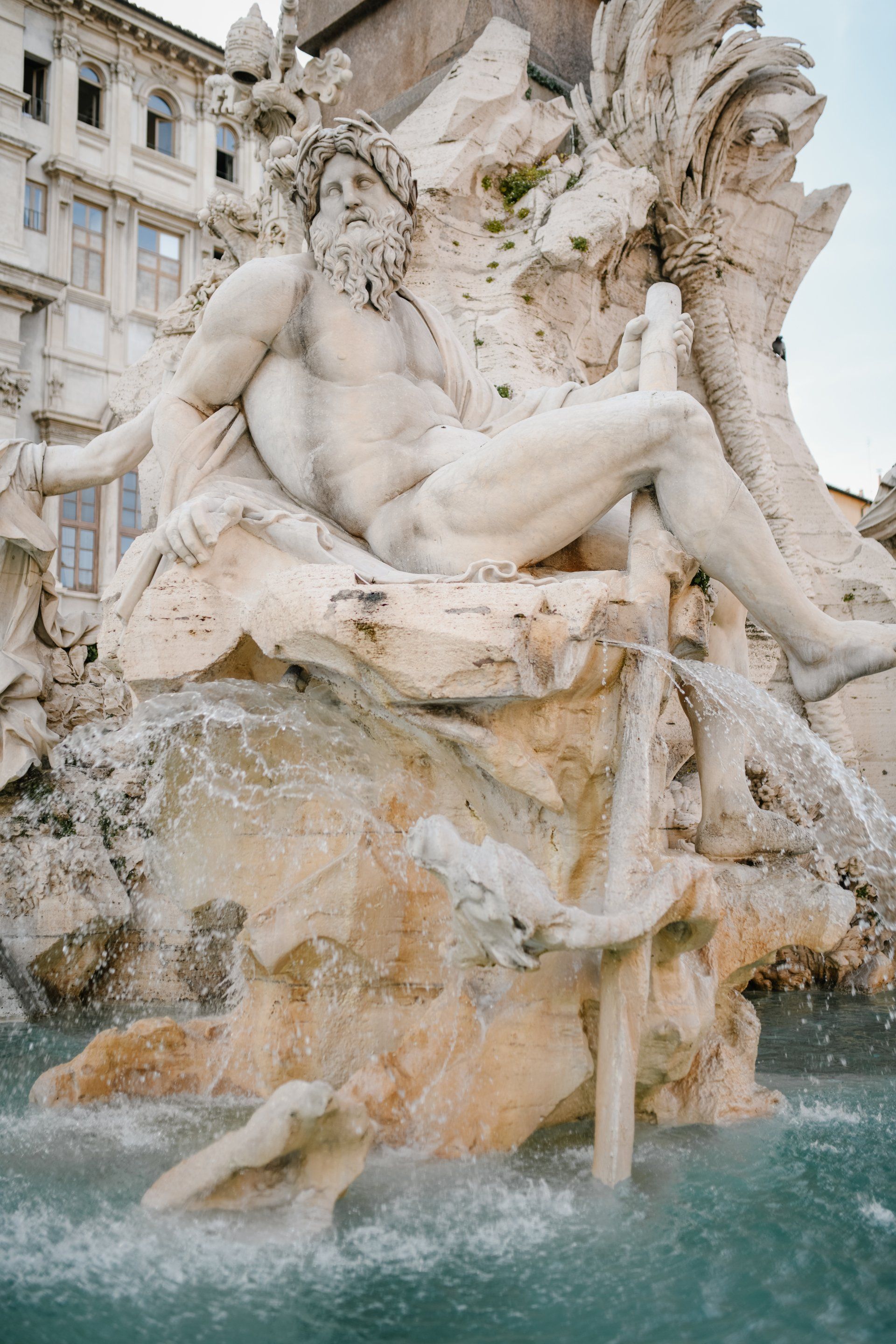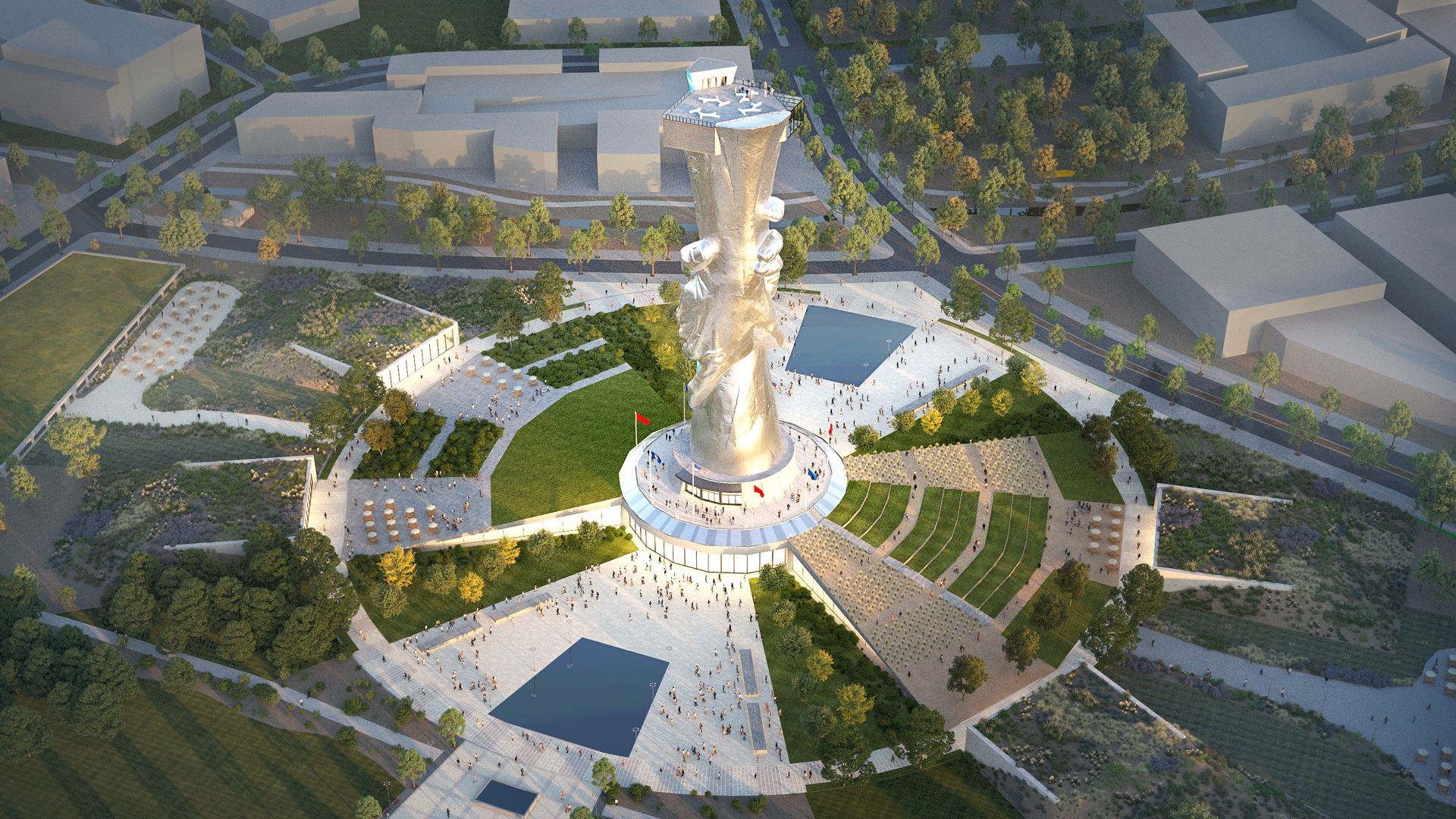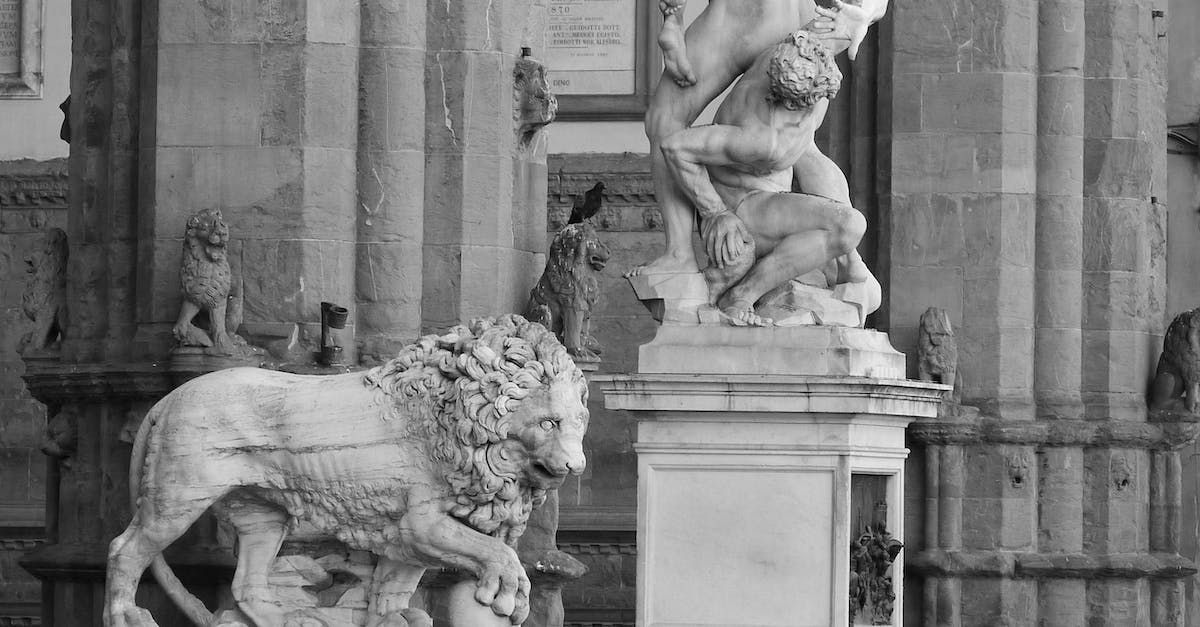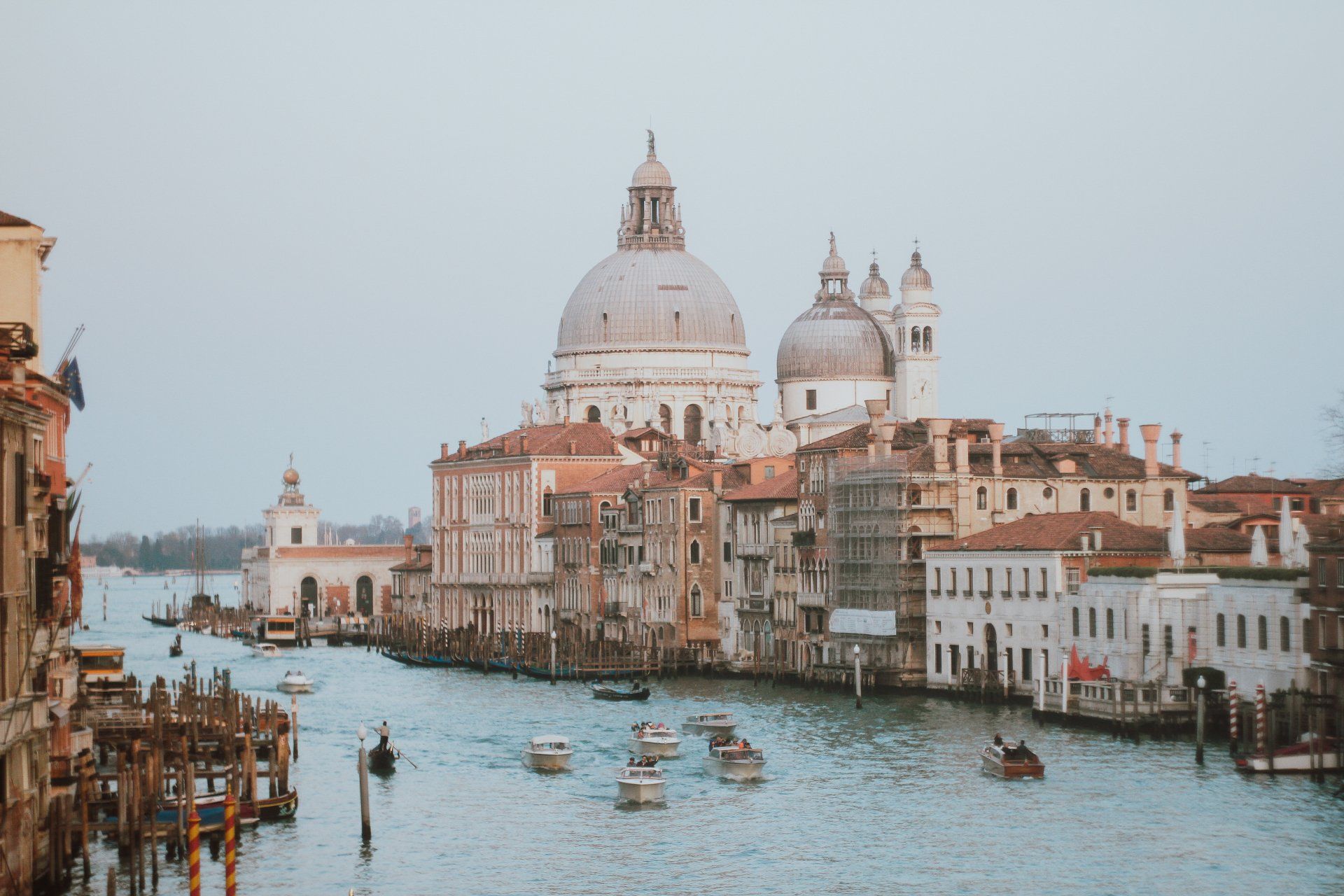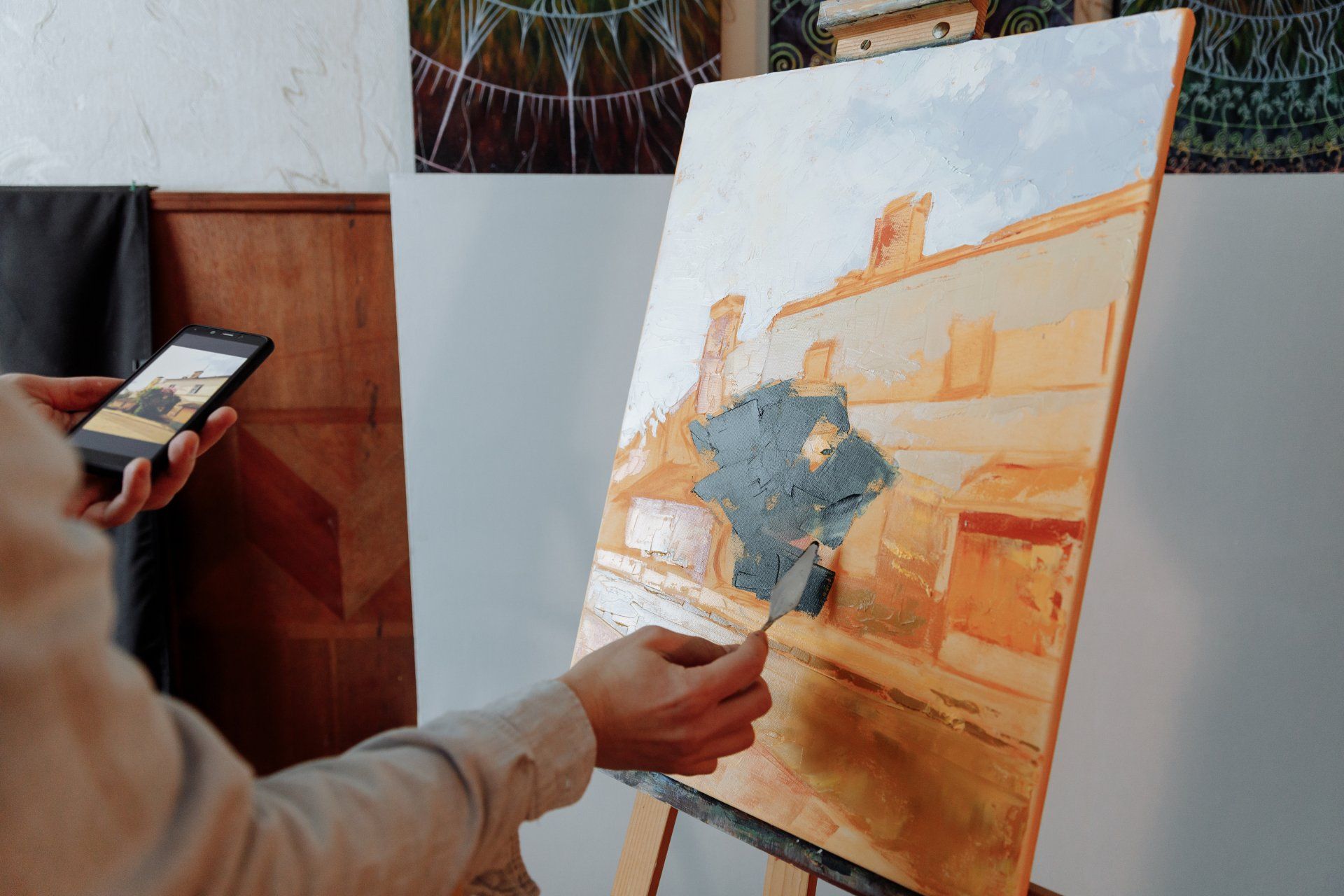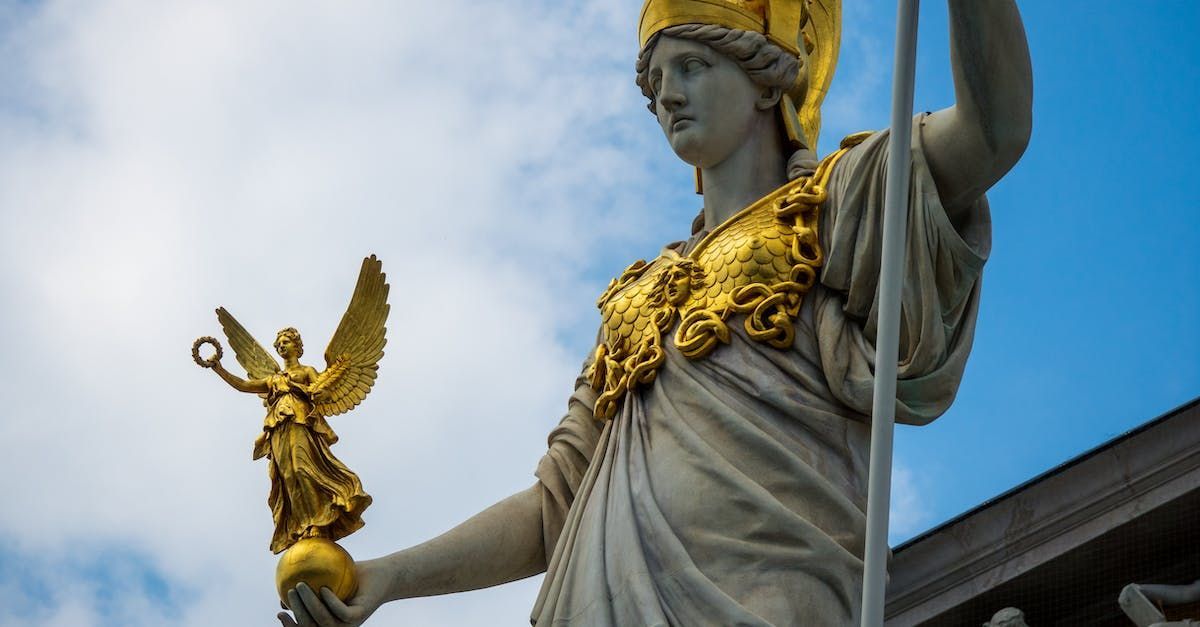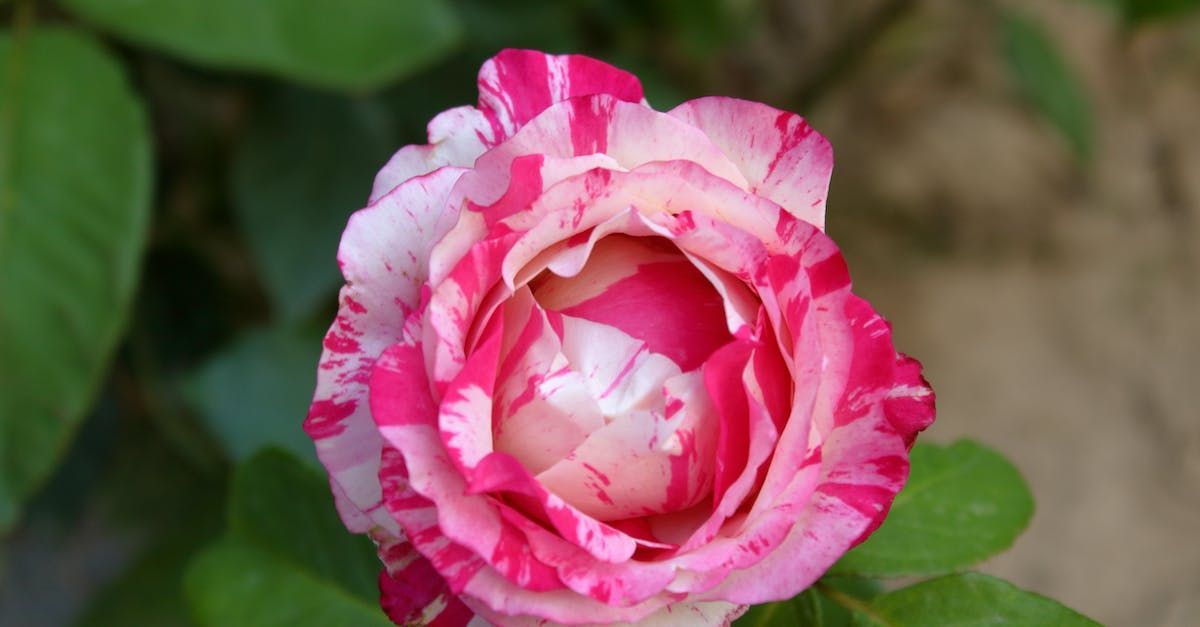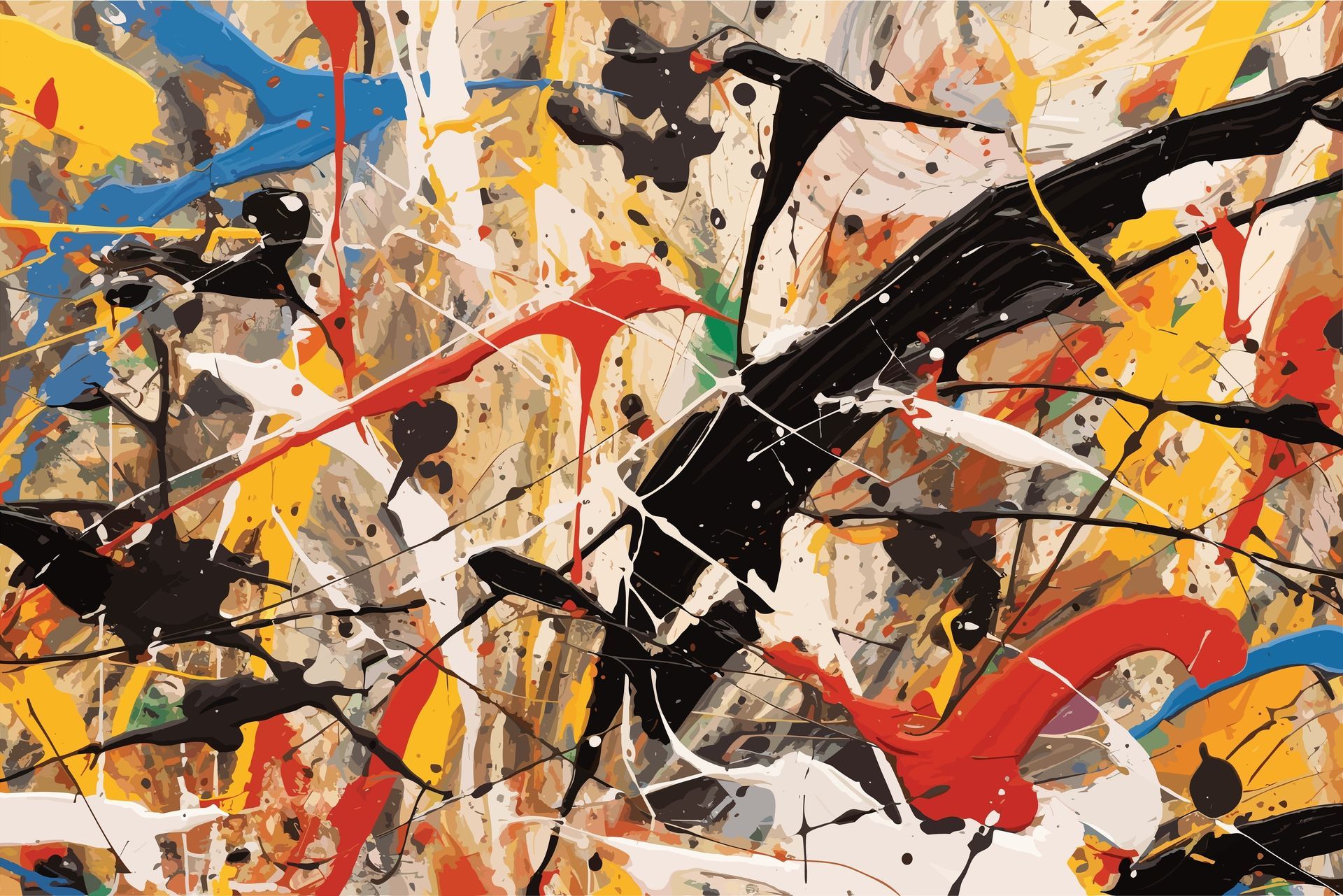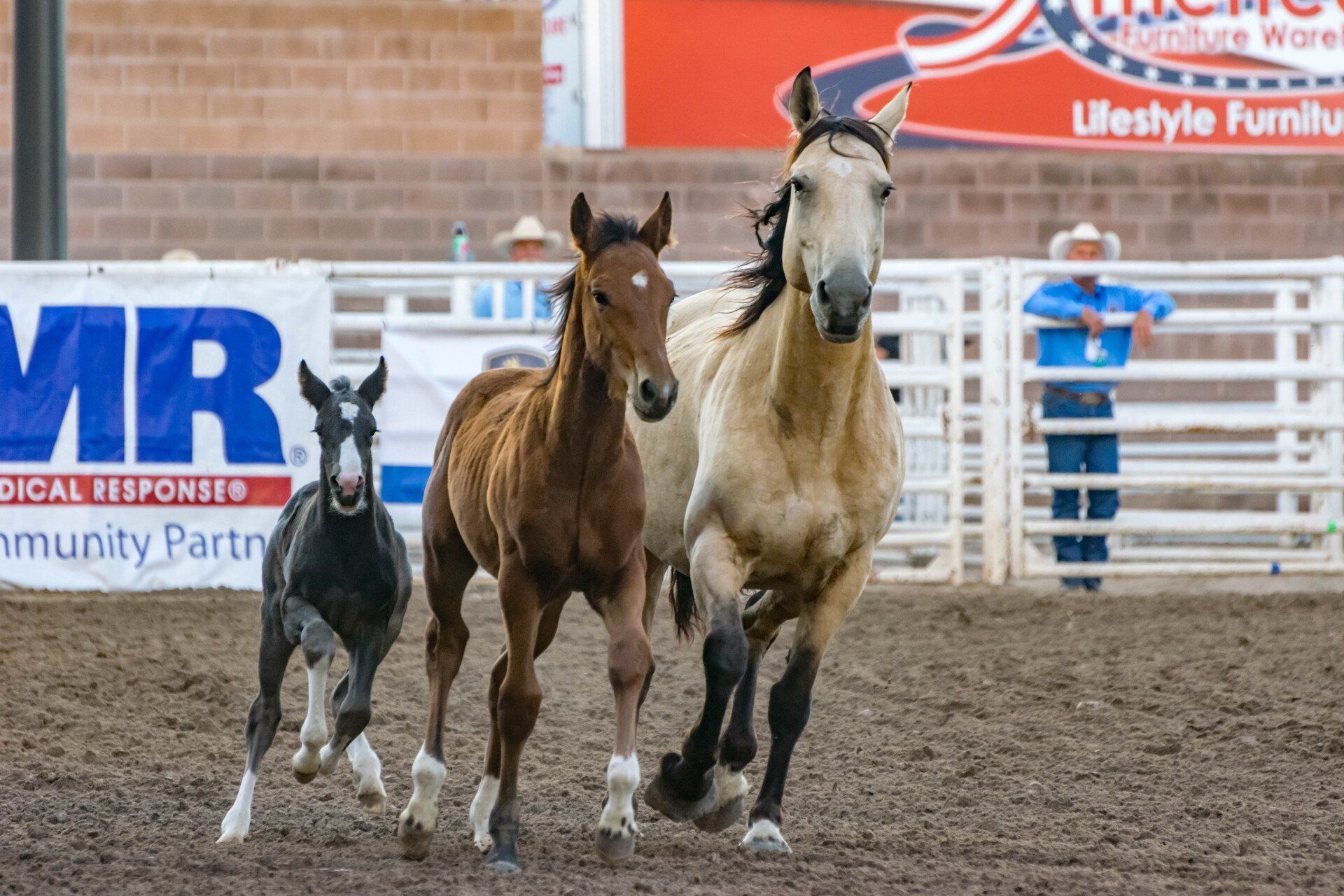Charles Marion Russell
THE Cowboy Artist

Charles Marion Russell, known as "the Cowboy Artist," was a renowned painter and sculptor who lived from 1864 to 1926. He earned widespread recognition for his vivid and authentic depictions of cowboys, Native Americans, and the landscapes of the American West. Russell's artworks captured the spirit and romance of the cowboy era, establishing him as a revered figure in Western art. This article explores Russell's artistic style, his portrayal of Western themes, and his enduring legacy.
Vivid and Authentic Depictions:
Charles Marion Russell's artworks were characterized by their vividness and authenticity. His keen eye for detail and his ability to capture the nuances of Western life brought his paintings and sculptures to life. Russell's depictions of cowboys, Native Americans, and the Western landscapes showcased his deep understanding and respect for the subjects he portrayed. Through his masterful use of color, composition, and brushwork, he created visually stunning artworks that resonated with viewers and conveyed a sense of authenticity.
Portrayal of Cowboys, Native Americans, and Western Landscapes:
Russell's artistic repertoire primarily revolved around cowboys, Native Americans, and the landscapes of the American West. His paintings and sculptures depicted the daily lives, challenges, and triumphs of cowboys, highlighting their skills, bravery, and connection to the land. Additionally, Russell's artworks celebrated the rich cultural heritage of Native Americans, capturing their traditions, ceremonies, and deep spiritual connection to nature. The Western landscapes in his artworks provided a majestic backdrop, evoking a sense of awe and reverence for the natural beauty of the American West.
Capturing the Spirit and Romance of the Cowboy Era:
One of Charles Marion Russell's notable achievements was his ability to capture the spirit and romance of the cowboy era. Through his art, he transported viewers to a time and place where the West was still untamed and the cowboy way of life embodied a sense of adventure, freedom, and camaraderie. Russell's paintings and sculptures depicted lively scenes of cowboys herding cattle, engaging in rodeos, and spending time around campfires, fostering a sense of nostalgia and a connection to the rugged and romanticized image of the Old West.
Enduring Legacy:
Charles Marion Russell's artistic legacy endures as a testament to his significant contributions to Western art. His vivid and authentic depictions of cowboys, Native Americans, and the landscapes of the American West continue to captivate audiences and inspire artists today. Russell's ability to convey the spirit and romance of the cowboy era has left an indelible mark on the popular perception of the American West. His artworks serve as visual chronicles of a bygone era, preserving the history, traditions, and cultural heritage of the West for generations to come.
Charles Marion Russell, known as "the Cowboy Artist," made a lasting impact on Western art with his vivid and authentic depictions of cowboys, Native Americans, and the landscapes of the American West. His artworks captured the spirit and romance of the cowboy era, transporting viewers to a time of adventure, freedom, and camaraderie. Russell's legacy as a revered figure in Western art is marked by his ability to evoke nostalgia, convey authenticity, and inspire a deep appreciation for the history and cultural heritage of the American West. His artworks continue to captivate and resonate with audiences, ensuring that his artistic contributions endure as an integral part of Western art history.
